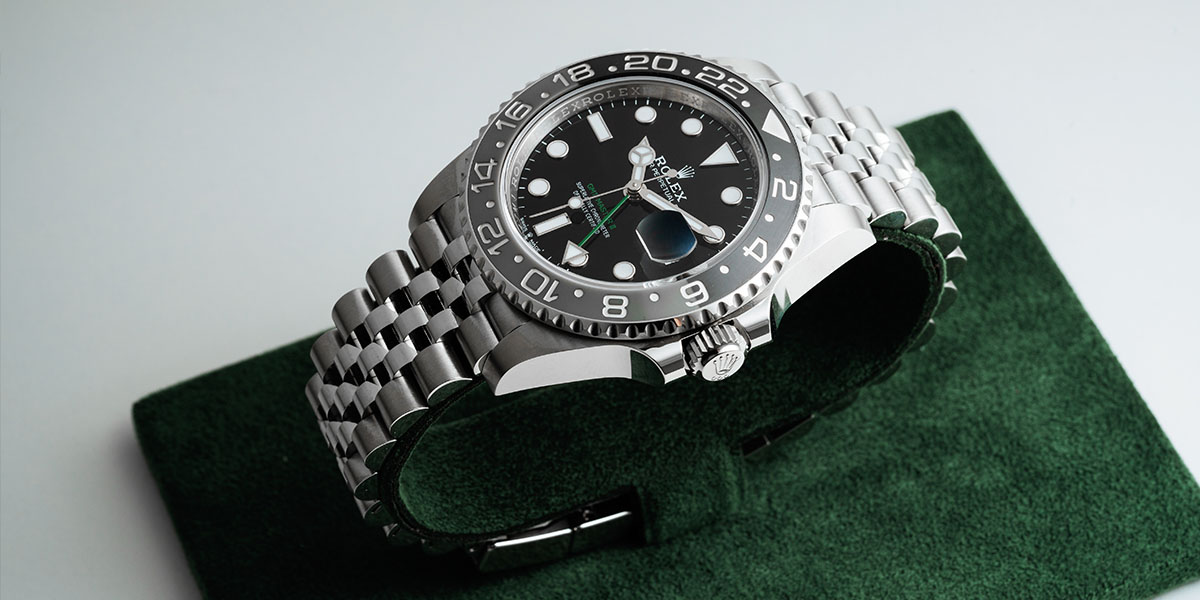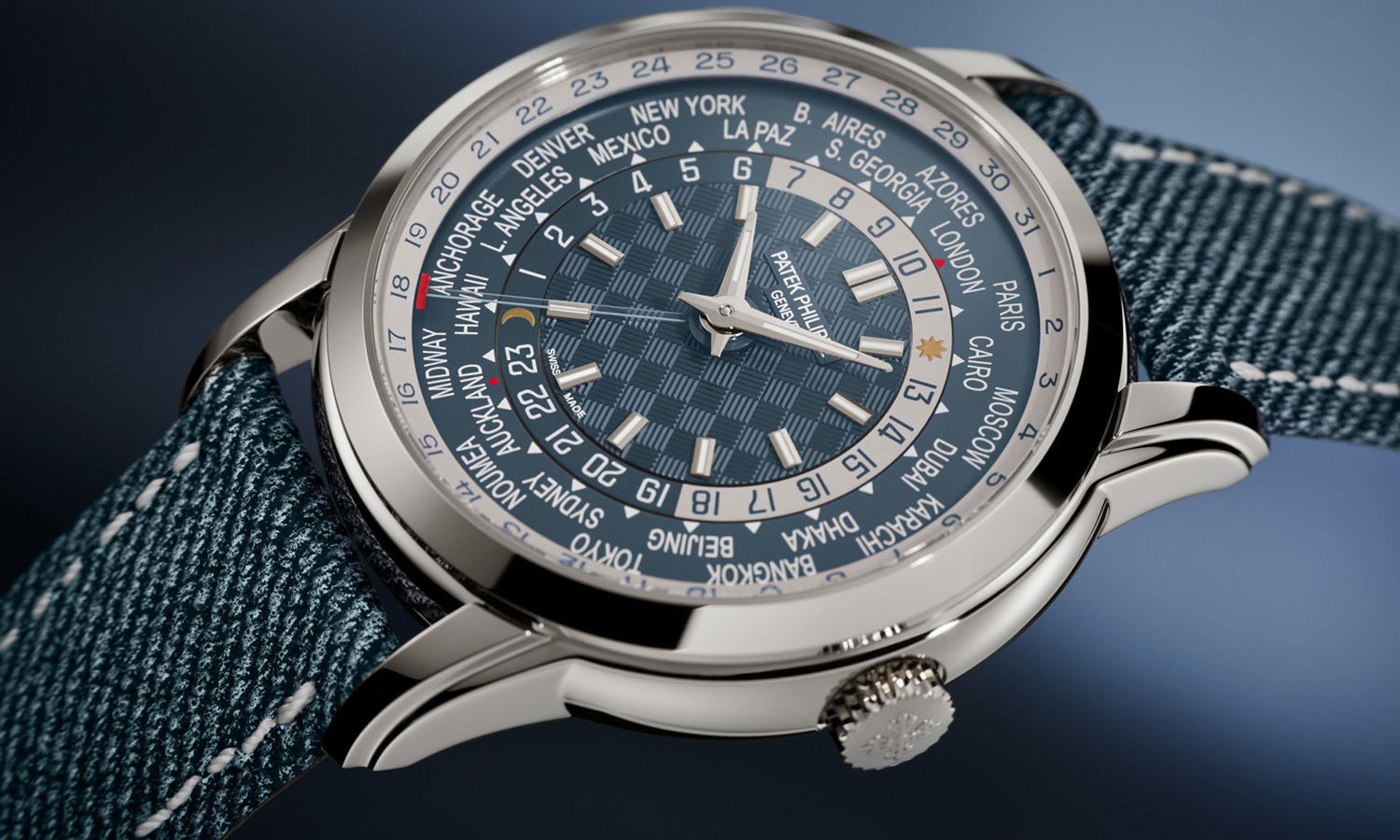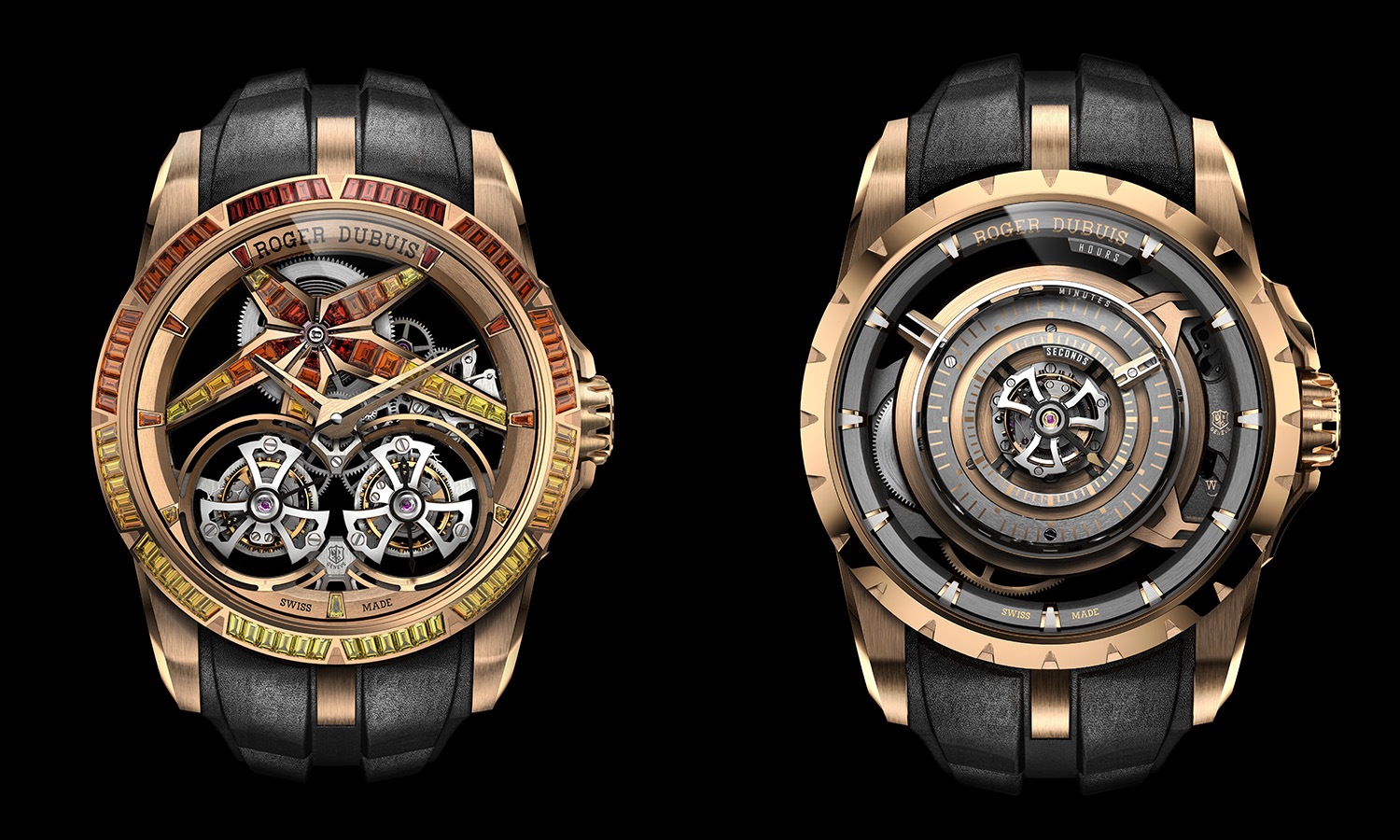
A Digital Desire For The A.Lange & Söhne Zeitwerk
Creating an icon is the dream and hope of every brand, yet only a few can turn this into a reality. When A.lange & Söhne was relaunched in 1994, they did so immediately with the Lange 1. It was not only the asymmetrical dial design that accomplished this but also the outsize date. This complication would become a hallmark feature on many A.lange & Söhnes, but it would also be the inspiration for another icon: the Zeitwerk, which the brand launched in 2009.

The beauty off the Zeitwerk is that it tells time in a digital way, yet powered by an mechanical movement. This is far more complex to create than it sounds. Where the outsize date on the Lange 1 only moves once a day, the three discs on the Zeitwork turn respectively every hour, ten minutes, or even every minute. A disc is much heavier and more difficult to move than a hand, so the power consumption is greater, and this is only part of the problem.

A hand, indicating hours, minutes or seconds, moves gradually over the dial, while the time-indicating discs on the Zeitwerk jump. This means that the power to do this needs to be build up, temporarily stored and then released, only to do it all over again. In a fine watch, this is quite a volatile action, and it is imperative that time after time, the discs are stopped in exactly the right position so that the alignment in the window is always perfect.

While making this all happen is quite a challenge by itself, Lange & Söhne liked to take this even a bit further, by integrating a striking mechanism. This requires an even more efficient power management within the watch. The Zeitwerks that are fitted with this complication have a larger case of 44.2 mm and come in three varieties. The ‘Striking Time’ gives you a tone as they pass every fifteen minutes, while a lower tone sounds during the full hour. For the other two, Lange & Söhne favours the decimal system. This means that they don’t strike in the traditional segments of fifteen minutes but ten. The Zeitwerk ‘Decimal Strike‘ functions the same way as the ‘Striking Time,’ while the ‘Minute Repeater‘ sounds the exact time on demand.

Earlier this year another member to the Zeitwerk family was introduced, which also adds a new complication to the mix; a date function. While this doesn’t sound very exciting, integrating one in the Zeitwerk is quite challenging given the room that the time display itself takes up. By placing this function around the dial, this problem was solved. As Lange & Söhne also now has extensive experience making the Zeitwerk, they have been able to rework the movement. Not only is it now thinner, but more importantly they where able to double the power reserve from 36 hours to 72 hours. This means that even after a decade since its initial launch, the Zeitwerk has not only become an icon in record time but also shows that the ‘digital desire’ for this model from watch connoisseurs and collectors is unlikely to fade!
 SIGN UP
SIGN UP










